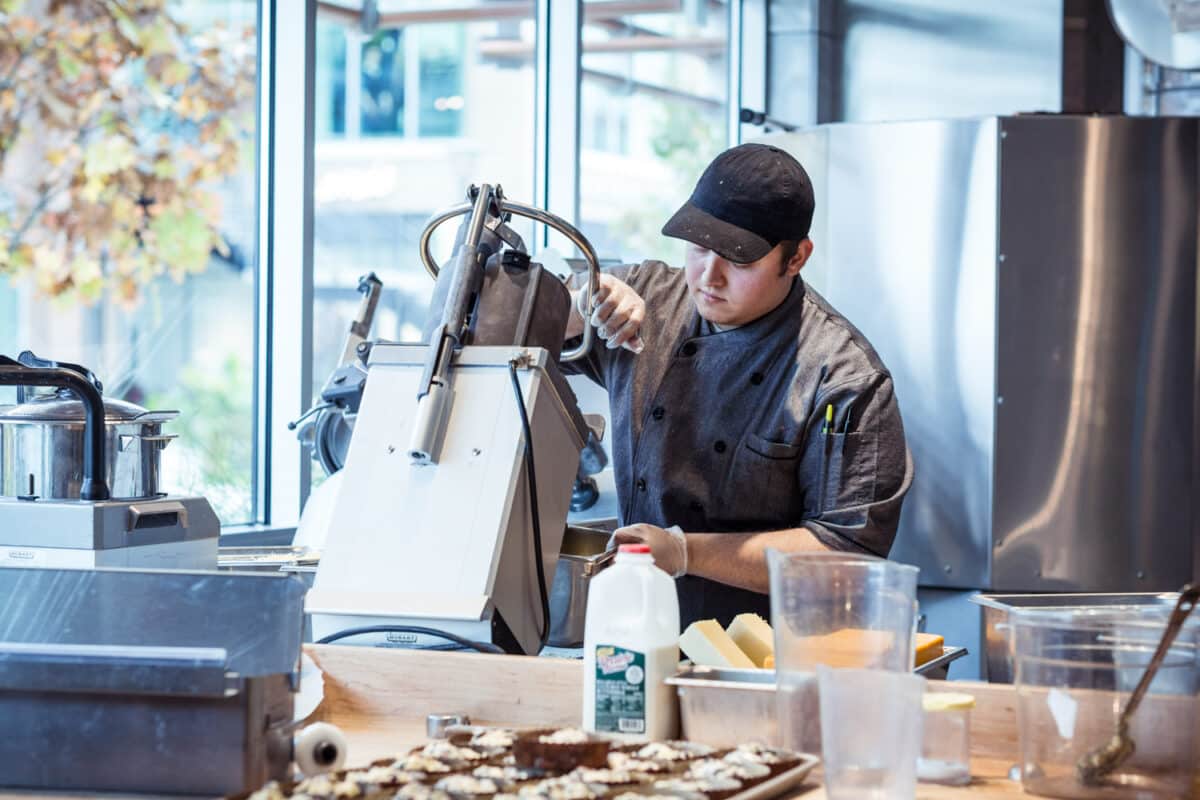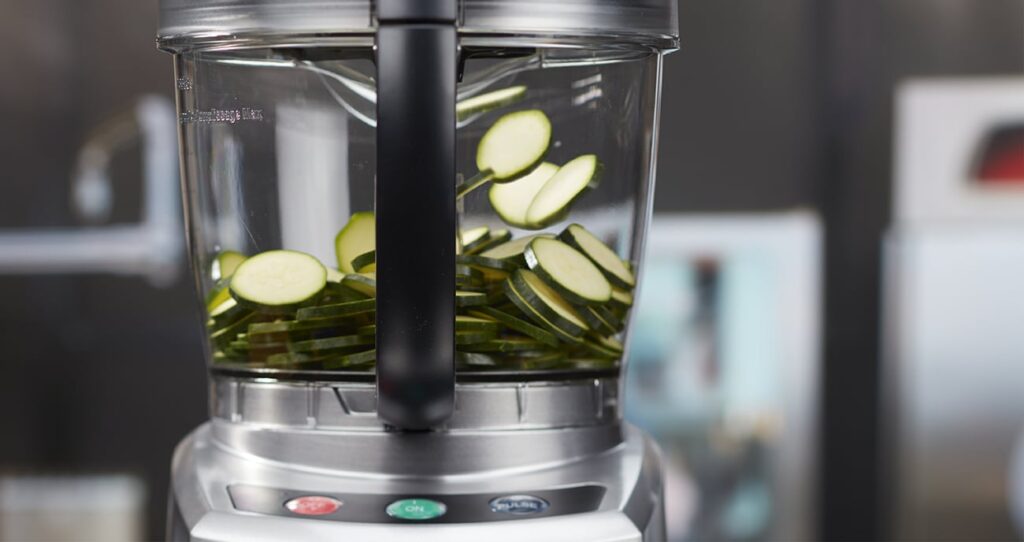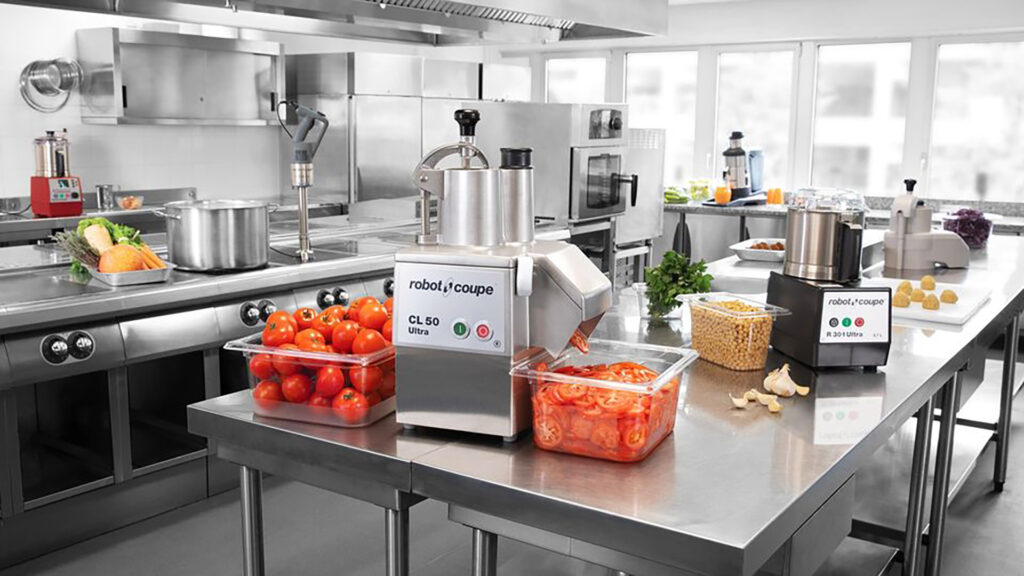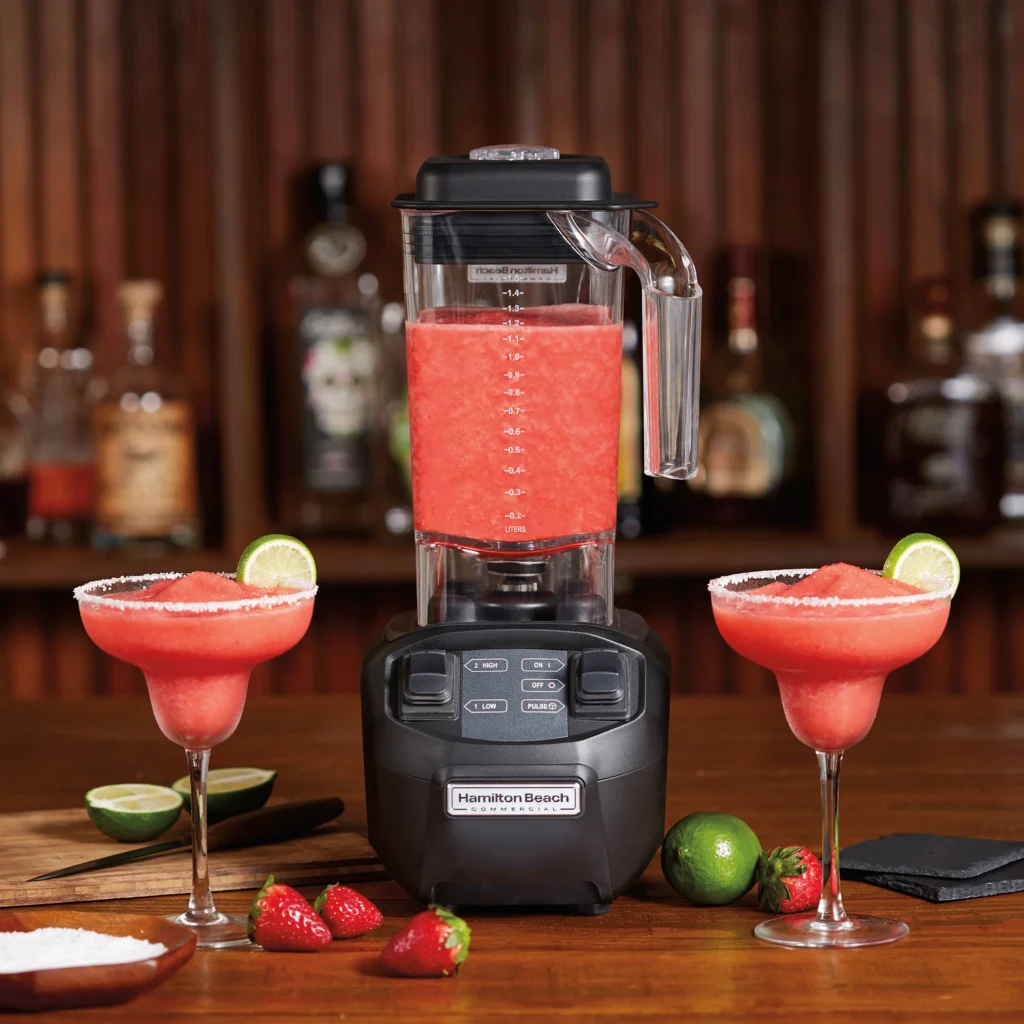How to use a food processor for a standout menu

Every commercial kitchen operator is looking for shortcuts that won’t lead you astray. One of the easiest ones for restaurants and foodservice businesses to take is using a food processor effectively. Maximizing your use of one of these little powerhouses will make your workstream much more effective. So let our experts at Eleven36 explain how to use a processor in a way that works!
The dazzling powers of a food processor
A commercial food processor is like a Swiss army knife in your kitchen prep, a MacGyver for your menu. It offers a ton of versatility compared to other items that perform similar functions, like choppers and blenders. You can handle either dry foods or liquids with a food processor and consistently apply uniform cuts — a huge deal for making sure your food doesn’t arrive to customers unevenly cooked. Chop or dice onions and tomatoes for salsa; slice potatoes for homemade chips or hash browns; grate cheese or citrus; or emulsify chickpeas and herbs into a homemade hummus. Whether you are serving cocktails or haute cuisine, a food processor is like having an extra employee that loves to slice and dice. Of course, it’s important to treat this employee right, too!
Using a food processor begins with knowing how to assemble and disassemble it. There are different types of food processors (which we will get into in another blog post), but for a batch bowl processor, for example, you want to make sure the bowl that will catch your sliced and diced ingredients is locked into place, with the handle in a comfortable position for you. Make sure you are following instructions — a misplaced bowl could potentially break (and will likely prevent the food processor from working at all).
How to use a food processor like a wiz

After your bowl is in place, you can put the power shaft in for the food processor, along with the “accessory” (or type of blade) that you want to use. Put your ingredients in the bowl as well. Place and lock the lid on top, and use the desired function on the food processor base. Voila! Once the power shaft has come to a full stop, you can remove the lid and the shaft and pour out the processed food. Clean the bowl, lid, power shaft and accessory according to instructions, and repeat as needed.
Some food processors come with chutes, or hoppers, for continuous feeding of a food item into the processor. These can save you additional time by allowing you to feed even more food into the processor, with almost no prep work at all!
Always be mindful of blades and sharp objects, along with heavy bowls — but if you follow the instructions for your unit, you should be able to learn how to assemble and disassemble a food processor in no time. And you will likely be doing this often, as one of the best parts of food processors is the variety of accessories and attachments that you can use with them in combination with the settings for pulsing, chopping, dicing, etc.
As with any kitchen appliance, to get the most out of your food processor, make sure you clean and lubricate it according to manufacturer instructions. And don’t overload your food processor either — try to gauge the power you will need and the frequency of use you will require before you buy.
Picking out the Perfect Food Processor

Buying a food processor that you will be truly happy with requires thinking about power, capacity, and range of accessories/attachments (in addition to budget).
The first thing to consider is power — one of the funny things about food processors is that they are so powerful that much like a car, they are rated by horsepower. The more horsepower you have, the denser the ingredients your processor can handle, the more frequently it can run, and the more it can chop. The high-powered units can handle meat, cheese, nuts and dense veggies (like squash for instance). These units are likely to be the most expensive, but will give you what you need if you want to toss almost anything through it.
A unit with medium-power can give you great functionality and handle a lot of chopping and dicing all day, but may not be a unit you want to force a steak through.
Lower-horsepower units should only be used a few hours a day and are better for small batches of veggies like tomatoes, onions, and so on.
Capacity prompts the question of what type of food processor will work best. A batch bowl processor (similar to the kind you would use at home) can only make one bowl of processed food at a time, and has lower horsepower, generally. A continuous feed food processor that doesn’t have a batch functionality will allow you to process food into whatever type of container you like (and usually has higher horsepower). Combination food processors allow you to choose between the two functions. The processors for really, really big jobs, including food manufacturing, are buffalo choppers or vertical cutters, which can slice and dice dense food and produce a ton of product every day.
Attachments/accessories and speed settings are also important. You want to make sure the range of cutting activities and speeds available to you are supported by the manufacturer and that those parts are high quality and easy to acquire.
Like anything with a motor — or a blade, for that matter — food processors vary quite a bit in quality. A food processor is designed to take on a bunch of work it would take staff a much much longer time to do. Imagine then if the processor breaks down unexpectedly! Getting a unit that is easy to use, easy to clean, and trustworthy from its cutting attachments to its motor is well worth the investment — a great food processor will serve your restaurant and help create thousands upon thousands of meals in its lifetime.
Food processor vs. chopper — A battle for slicing and dicing supremacy
It may be tempting to think that if you have one chopping object in the kitchen, you can use it for anything. But there’s a good reason why a kitchen should have a chopper and a food processor — and why both should be used independently. Choppers can, of course, chop, as well as mix and even puree, but advanced slicing, dicing and shredding features are absent. Food processors have a far broader range of accessories, blades and controls, and a more powerful motor. They also have a greater capacity than choppers, so are much better at maximizing your investment in a machine to take over larger tasks your staff would otherwise do. A chopper on the other hand is a great option for taking care of smaller tasks, like mincing garlic or cutting small batches of herbs — important but capacity-wise, smaller tasks that you could handle while a food processor takes on the bigger stuff.
Can a blender be used as a food processor?

A commercial blender is a great tool for emulsifying and mixing liquids (like smoothies, for instance) especially if your food processor is in the workflow for other tasks. Unfortunately, that’s where a blender’s abilities stop. A food processor gives you more versatility by offering the ability to handle dry food through a variety of blades/accessories. And it also offers a lot more power. As with a chopper, do not ask a blender to do a task it’s not meant to do — you’ll end up with a broken blender, and you’ll still need a food processor! Which reminds us …
Making a smart investment
We haven’t been shy about describing all the things a food processor can do. After all, most people don’t go to restaurants to simply eat dry meat or plain pasta. Sauces, salsas, sides, dips, dressings, chips, even shredded cheese … these are all important components in a chef’s palette that fire up a diner and a restauranteur’s imagination alike! A food processor gives your kitchen an extraordinary ability to not only do all of those things, but to do them quickly, saving time and labor.
All of this only holds true, of course, if the processor actually works! Quality construction, ease of use, a powerful motor and a sizable line of attachments and accessories are what will allow you to really tap into how a food processor can help your business and expand your menu. There is certainly no shortage of cheap or basic models on the market. But realizing you need a quality food processor because you are shopping for a new one after breaking your first is no way to learn that lesson! Investing in tools that will help you in the long term will prevent you from having to pivot during a busy lunch service to labor-intensive chopping, dicing and mixing by hand. Consistency is key to so much that works in the foodservice business — make your food processor your friend by investing in one that can offer you service you can rely upon and build a truly special menu with.
The foods a food processor can create make up a menu in and of themselves — from soups to salsa, to hummus to chips, to pizza dough to salads. It’s worth opening up your checkbook a little to open up your cookbook — and get a food processor you won’t have to replace over and over. Talk to the experts at Eleven36 and we will match you with the tools for your needs!
